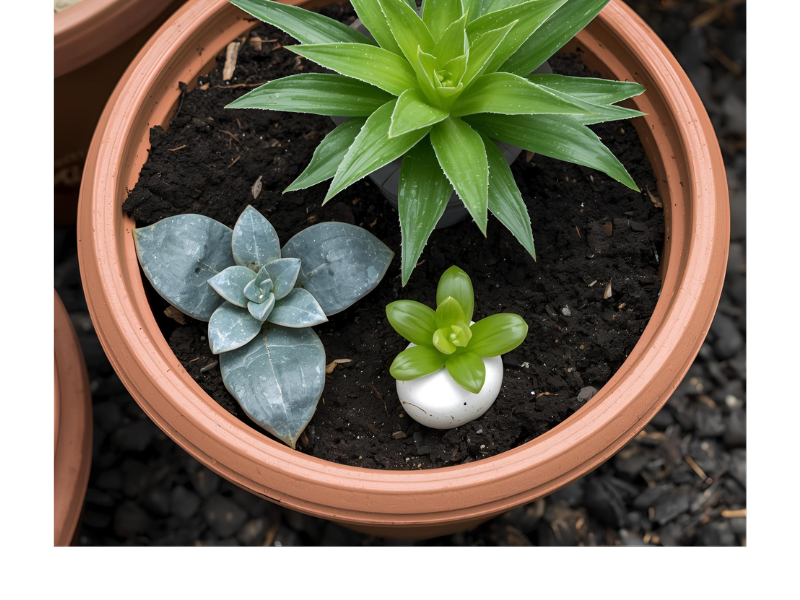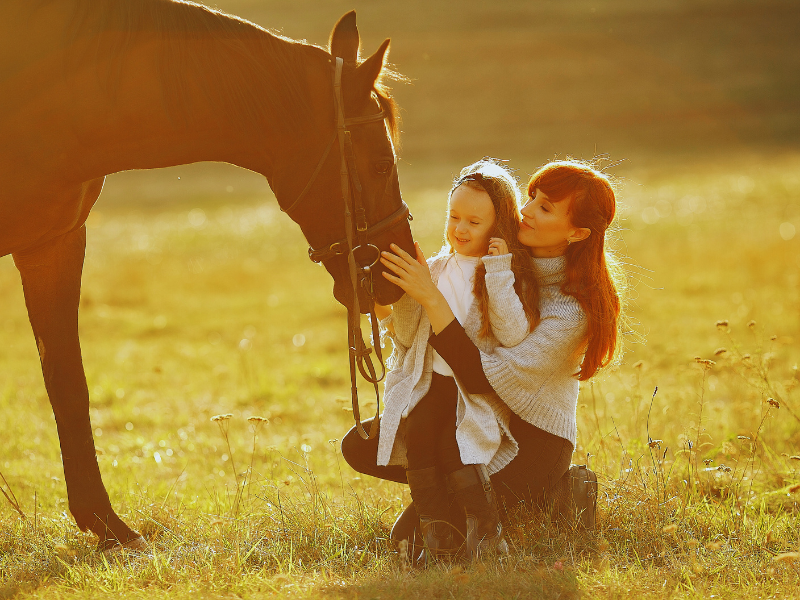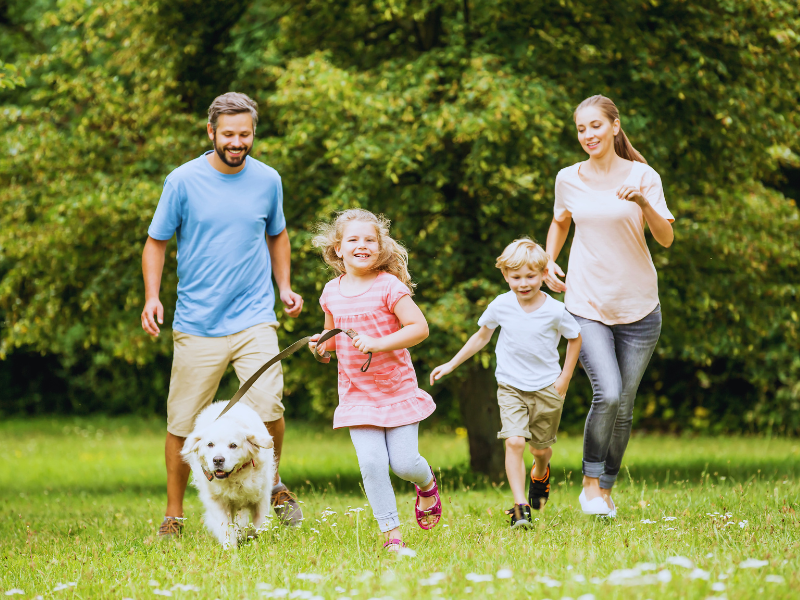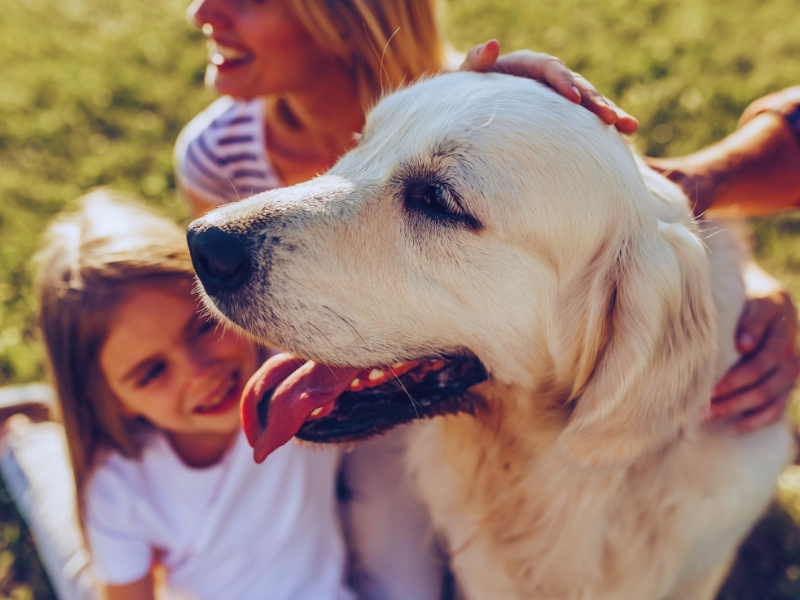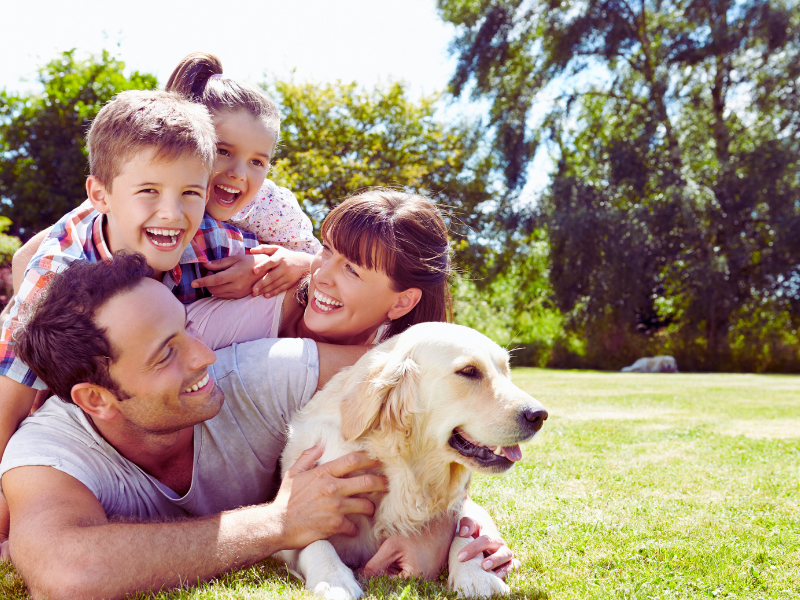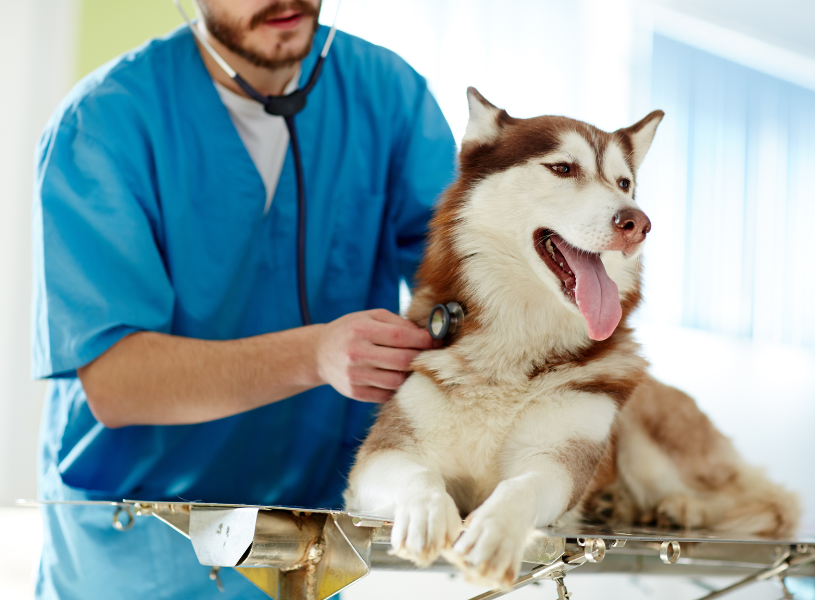Losing a beloved pet leaves a quiet ache that lingers long after they are gone. For many families across Brisbane, Toowoomba, Ipswich, and the surrounding areas, creating a peaceful memorial garden at home is a comforting way to honour their pet’s memory. It offers a gentle space to reflect, remember, and feel close to the companion who brought so much joy to daily life. With Pets R.I.P providing a range of memorial items, families are able to create something personal, meaningful, and filled with love.
A memorial garden does not need to be large or elaborate. Even the smallest corner of a yard or balcony can become a cherished space. What matters most is the intention behind it, a place where your pet’s presence can be felt in a quiet and comforting way. Families often choose to place their pet’s ashes in one of the beautiful memorial options provided by Pets R.I.P, such as a timber box, photo box, or velvet memorial bag. These items suit many different styles, allowing families to select something that reflects their pet’s personality and the bond they shared.
Once you have chosen the memorial item that feels right, you can begin imagining how you would like the garden to look. Some people prefer a simple and serene setting, while others choose a more expressive approach filled with colour and decorative touches. A favourite flower or plant that reminds you of your pet can be a lovely starting point. For example, planting a rose, lavender bush, or native plant can create a sense of continuity and growth, symbolising the lasting impact your pet had on your life.
A memorial plaque or small marker can also add a meaningful touch. Families sometimes include their pet’s name, a short message, or a paw-print design. Placing this near the chosen plant or beside the ashes creates a dedicated spot for remembrance. Over time, this space often becomes a quiet sanctuary, somewhere to sit, pause, and feel connected again.
If you have children, involving them in the process can be especially healing. They may choose a flower to plant, write a message, paint a small stone, or help arrange the space. These activities encourage children to express their emotions in a gentle, creative way and help them understand the idea of honouring a loved one. Pets R.I.P understands how important this can be and supports families with compassionate guidance throughout the cremation and memorial process.
For families with limited outdoor space, a potted memorial garden is a beautiful alternative. A single pot with a special plant and your pet’s ashes kept safely nearby offers all the comfort of a traditional garden but in a smaller, more adaptable form. This can be especially helpful for families living in apartments or rental homes.
A memorial garden is more than a physical place , it is an emotional refuge. By combining thoughtful elements with the memorial items provided by Pets R.I.P, families across Queensland can create a lasting tribute that honours their pet’s life with comfort and grace.


